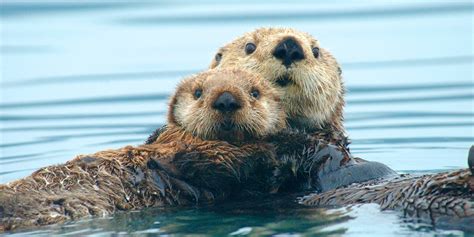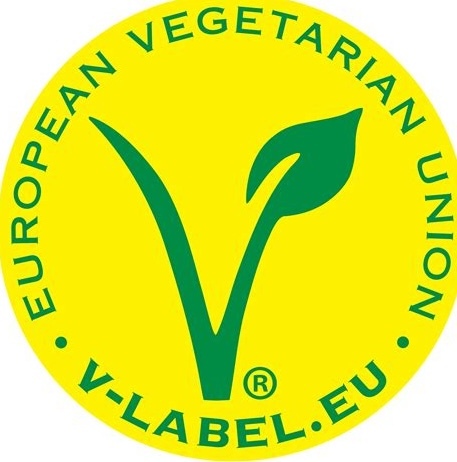As a growing number of zoos report animal deaths, scientists are concerned that infected wild birds landing in enclosures could be spreading it among captive animals. In the US, a cheetah, mountain lion, Indian goose, and kookaburra were among the animals that died in Wildlife World Zoo near Phoenix, according to local media reports last week. San Francisco Zoo temporarily closed its aviaries after a wild red-shouldered hawk was found dead on its grounds, and later tested positive for highly pathogenic avian influenza (HPAIV). A rare red-breasted goose died at Woodland Park Zoo in Seattle, causing aviaries to close and penguin feeding for visitors to be suspended in November. These cases follow the deaths of 47 tigers, three lions, and a panther in zoos across South Vietnam over the summer.
Bird flu viruses can be passed among a wide variety of animals. In 2020, a variant spread across the world, finally reaching the Antarctic in late 2023, causing millions of wild animals to die across Eurasia, Africa, North America, and South America on its route. In the US, it fully adapted to cattle, increasing the risk of human infections.
The spread continues in dairy farms, especially in California – the US’s top-producing dairy state – where nearly half of the state’s 1,300 farms have now been affected, and two farm workers tested positive this month. Two indoor cats are suspected to have died in Los Angeles after drinking infected raw milk.
In some regions, such as the UK and the EU, licensed bird flu vaccines can be used on captive zoo animals. In the US this is not allowed.
I’m pretty certain that they’re hiding these carnist diseases from the public for the most part.
Anecdotally I was out running once when I came across several trashbags full of dead chickens (scattered around by coyotes). They looked sick. I’m pretty sure the carnists were dumping them to avoid the legal ramifications (eg. culling). The whole system is destroying the planet overtly and probably going to create repeated pandemics in the meantime.
There’s downplaying by individual organizations (e.g., farms), federal agencies, and the media (who fail to connect the dots between avian flu in chickens and cow ‘livestock’ and the prices of eggs, milk, and meat).
What’s happening in zoos interests me, as it’s kind of the gold standard of biosafety as far as non-human animal enterprises go. There are experts and protocols there, and there aren’t anti-transparency laws, as there are for non-human animal agriculture (the ag-gag laws).
In other words, if non-human animals are getting sick at zoos, then risks are almost certainly inadequately controlled in other areas,
If you’re suspicions about the trashbags full of dead chickens you saw are correct, the humans who kept those chickens are helping spread avian flu to the local coyote population
Im not discounting the comment OP’s observation, but I think it’s also important to consider the inevitability of an outbreak like this in light of invasive species, non-species, and not-so-genetically diverse farm animals.
What’s often missed by the lay-folks is that there’s plenty of wildlife that is capable of contracting and transmitting these diseases. Sure, many zoos have intense quarantine protocols, but if zoo animals have any overlap with local wildlife, they are potentially exposed to disease. Many zoos (at least that I can think of) do not keep out local wildlife—be it pigeons, house sparrows, or squirrels.
Bags of chickens from a local, shitty farmer trying to get rid of sick birds? Possible, if a little conspiratorial. Ubiquitous wild animals interacting with zoo animals and livestock? Probably a little more likely (at least to me).
Source: me, I’m a biologist, albeit not a disease ecologist.
So, obviously I’m not suggesting that the garbage bags of deceased chickens OP commenter saw on a jog are a primary driver of the spread of avian flu across the world/NA.
Wildlife X captive non-human animal interactions are critical links in the transmission of avian flu. Hotbeds of mass-contained immunologically naive non-human animals (e.g., factory farms) play an important role in mutation and spread as well.
The big picture is that with the increasing threat of pandemic-scale zoonotic disease we need, at minimum, stricter biosecurity in industrial non-human animal agriculture. It is an industry that contributes the greatest zoonotic risk. However, it is also industry that litigiously shields itself from oversight (i.e., ag-gag laws) and has a ton of $$$ lobby power. Also, the incoming US administration couldn’t look more incompetent
Less non-human animal agriculture would be even better
I think I agree with you in general. My point is more that we tend to forget that wild animals are among us everywhere and we really do need to take care to be aware of that, but maybe I didn’t communicate that well.
In some regions, such as the UK and the EU, licensed bird flu vaccines can be used on captive zoo animals. In the US this is not allowed.
Why is it not allowed in the US? If it’s not safe then why are the EU and UK using them?




